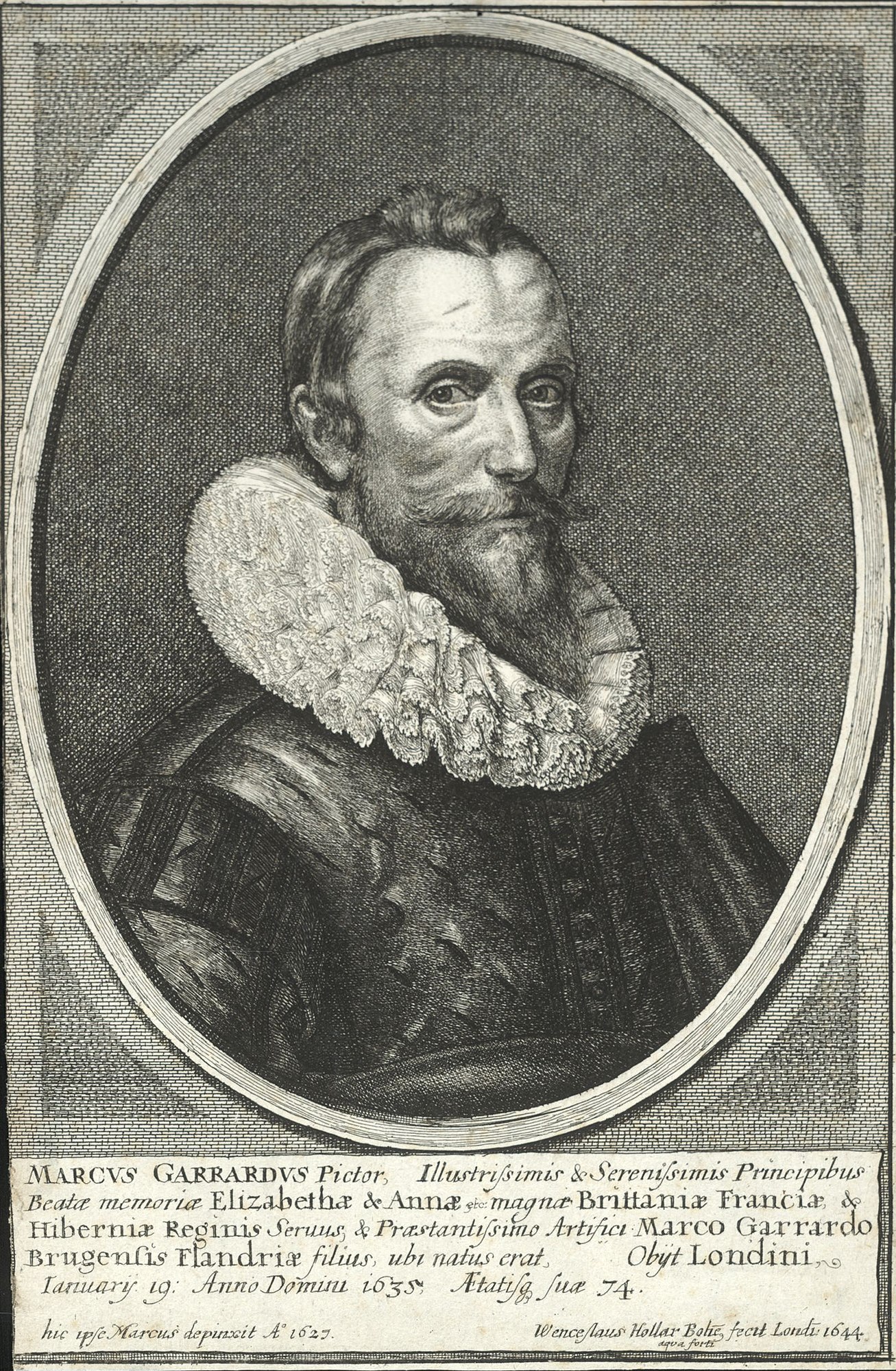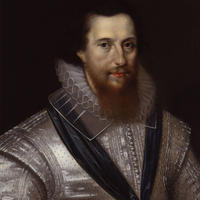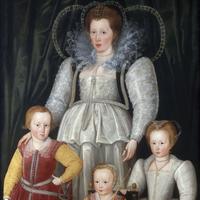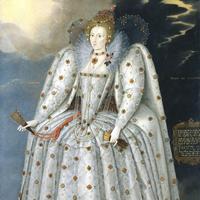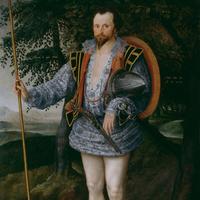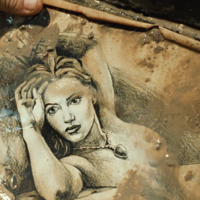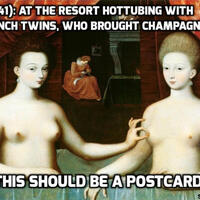More about Marcus Gheeraerts the Younger
Works by Marcus Gheeraerts the Younger

Sr. Contributor
Marcus Gheeraerts the Younger is precisely why you let refugees into your country.
Marcus was spirited away from his native land as a child to escape religious persecution. He settled in England, where he painted two queens and became the most celebrated portrait painter in the nation. It’s sort of like fleeing the former Socialist Federal Republic of Yugoslavia and becoming First Lady of the United States. Immigrants, they get the job done! Who knew?
Marcus and his father (Gheeraerts the Elder, also an artist) fled Flanders to escape the infamous “Council of Blood.” This Catholic tribunal headed by the Duke of Alba, under orders from King Philip II of Inquisition-era Spain, convicted nearly 9,000 religious dissenters, executing some 1,000. The rest, like the Gheeraerts, were forced into exile.
After the death of “Bloody Mary” Tudor (King Philip’s late wife), and the accession of her Anglican sister, Queen Elizabeth I, England became a safe haven for Protestant refugees. One might almost say Elizabeth tore down a “wall” of religious bigotry, opening England’s “border” to people whose diverse talents enriched British culture.
Marcus’s mother (a Catholic) stayed behind in Flanders, either dead or forgotten, so his father married another woman in the Protestant refugee community in London. In fact, young Marcus himself got a wife in the bargain. He married his stepmother’s sister. Nothing gross about that.
One of Marcus’s earliest known commissions was the iconic “Ditchley Portrait” of Elizabeth I. He also painted Elizabeth’s reputed lover, the Earl of Essex, becoming the most fashionable portraitist of the late-Elizabethan era. After Elizabeth’s death, he continued to be a favorite with the new Queen Consort, Anne of Denmark. He was one of the first to apply 3D realism to the characteristically flat genre of Tudor portraiture, essentially bringing English art into the Renaissance.
Sources
- Karen Hearn, “Gheeraerts, Marcus, the elder (b. C. 1520/21, d. In or after 1586),” 2004.
- Jonathan Israel, The Dutch Republic: Its Rise, Greatness and Fall, 1477-1806 (Oxford University Press, 1995), 156-157.
- Karen Hearn and Rica Jones, Marcus Gheeraerts II: Elizabethan Artist (London: Tate Gallery, 2003), 11-14.
- Roy Strong, The English Icon: Elizabethan and Jacobean Portraiture (London and New York: Routledge & Kegan Paul PLC, 1969), 296-271.
- Roy strong, The Surface of Reality: William Larkin, (New York: Franco Maria Ricci In., 1993), 76

Sr. Editor
Marky Mark was a court painter during the reign of Queen Elizabeth I, which means he got paid to paint flattering portraits of the rich and powerful. Not a bad gig if you can get it.
He wasn’t just in it for the money though, painting was in his blood; he learned the tricks of the trade from his father, Marcus Gheeraerts the Elder, and his son, Marcus III, would also grow up to be a painter. They saved all their creativity for the canvas and not names.
Our Marcus’ thing was to portray individuals accurately, which didn’t suit the queen, who was getting up there in years. She had her portrait redone a few times to smooth out the wrinkles. This was like the 16th century version of Photoshop, but took a heck of a lot longer.
I appreciate Marcus’ flair for the dramatic in his depticions of the wild getups English royalty wore back then. It’s FASHUN with a capital F, though you have to wonder how ladies went to the bathroom in those skirts…
Featured Content
Here is what Wikipedia says about Marcus Gheeraerts the Younger

Marcus Gheeraerts (also written as Gerards or Geerards; c. 1561/62 – 19 January 1636) was a Flemish artist working at the Tudor court, described as "the most important artist of quality to work in England in large-scale between Eworth and van Dyck". He was brought to England as a child by his father Marcus Gheeraerts the Elder, also a painter. He became a fashionable portraitist in the last decade of the reign of Elizabeth I under the patronage of her champion and pageant-master Sir Henry Lee. He introduced a new aesthetic in English court painting that captured the essence of a sitter through close observation. He became a favorite portraitist of James I's queen Anne of Denmark, but fell out of fashion in the late 1610s.
Check out the full Wikipedia article about Marcus Gheeraerts the Younger

